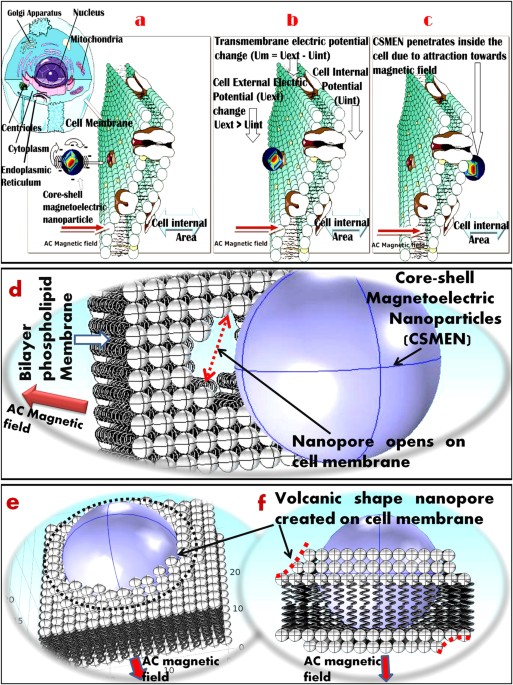- Select a language for the TTS:
- UK English Female
- UK English Male
- US English Female
- US English Male
- Australian Female
- Australian Male
- Language selected: (auto detect) - EN
Play all audios:
ABSTRACT THE announcement by Dr. Koch, as chief of the German Cholera Commission, that he had discovered a micro-organism which was not only peculiar to cholera, but which had a causal
relation to that disease, was all along felt by many to have been made on insufficient evidence, and in consequence the India Office in 1884 appointed Drs. Klein and Heneage Gibbes to visit
Bombay, Calcutta, and other Indian cities, with view of studying the disease from the micro-pathological point of view. Their report was received early this year, and whilst it supported
Koch's statements to the effect that choleraic dejections were generally characterised by the presence of the comma-shaped bacilli which had been described, it distinctly denied many of
the assertions which had been made by that observer, and it altogether set aside the notion that the comma-bacillus bore any causative relation to the disease. The point at issue was felt
to be of such importance that the India Office somewhat recently appointed a Committee of physicians to consider the report made by Klein and Gibbes, and to advise them on the matter.
ARTICLE PDF RIGHTS AND PERMISSIONS Reprints and permissions ABOUT THIS ARTICLE CITE THIS ARTICLE _The Etiology of Cholera_ . _Nature_ 33, 97–98 (1885). https://doi.org/10.1038/033097a0
Download citation * Issue Date: 03 December 1885 * DOI: https://doi.org/10.1038/033097a0 SHARE THIS ARTICLE Anyone you share the following link with will be able to read this content: Get
shareable link Sorry, a shareable link is not currently available for this article. Copy to clipboard Provided by the Springer Nature SharedIt content-sharing initiative









